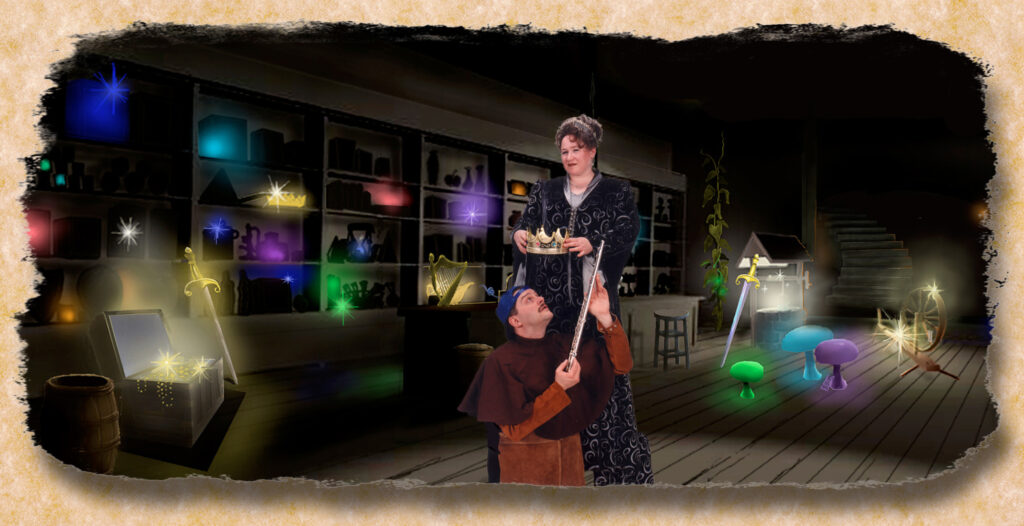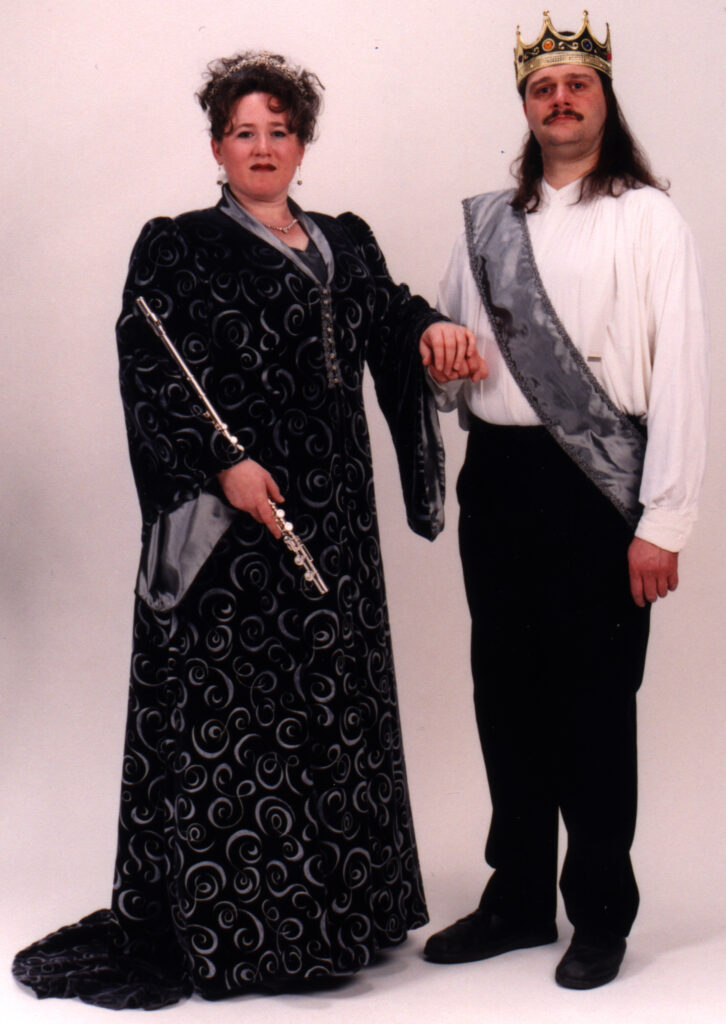
ONE-ACT OPERATIC FANTASY
Piano Princess
Music & Libretto by Philip Seward
Developed with Soprano Amy Becker

Once Upon a time…
there was a Princess who bumped into a Fairy Tale Handyman on a street near Central Park in Manhattan while seeking her very own fairy tale — for adaptation into a Broadway show, of course. She follows him to his shop in the basement of the castle in the park and demands that the fairy tale handyman, Rick, conjure the perfect tale for her Broadway show. The embittered Rick is under a curse to weave tales until someone actually likes a tale he creates. The Princess simply orders him to weave his best tale for her, threatens him if he doesn’t create the best tale ever told, and then departs to go shopping.
In despair, Rick wishes he could have been cursed to spend his life as a frog instead of a handyman. In a flash of inspiration, he determines how to begin. Upon her return, he gathers his courage and gives her a magic flute, telling her to play. She refuses, insisting that only servants play music, never someone in her station. However, with a bit of magic she begins and soon discovers the joy of making music for others. As her heart softens, her true tale becomes clear to her. Grateful to him, she assists him with his predicament by releasing him from his curse, so that they may both live happily — but far apart from each other — ever after!
Production History
Originally produced at the Chicago Stages Festival in 2000, Piano Princess is the second in a trilogy of one-act operas created by Mr. Seward for two performers, one of whom plays the piano. The women’s roles in the other two acts, Piano Detective and …And Piano Make Three, are written for mezzo and coloratura soprano, respectively, with Piano Princess written for lyric soprano. Thus, the woman’s voice becomes increasingly higher from act to act. In addition to the casting, several other commonalities bind the three acts together. In each case, the man is named a variation of Rick (Dick and Richard); two common musical motives — heard here as “Play sweet music to charm one and all, I’m heroic in A-flat!” and as “How’s this for music for a princess?”; quotes from the works of William Shakespeare; a use of film genre — first, film noir, third, romantic comedy, and here, fantasy; music which arises comedically out of the situation; and, finally, a whimsical, “over-the-top” focus on some aspect of music. Each work can play separately or as a trilogy with an Epilogue (which takes place in the mind of a composer).
Piano Princess has had several performances, primarily throughout the Chicagoland area.